Rhetorical Devices: A Writer's Guide to Crafting Powerful Prose
Rhetorical devices are the tools that transform good writing into great writing. Like a master painter's brushstrokes or a composer's musical...
2 min read
 Writing Team
:
Dec 17, 2024 3:28:47 PM
Writing Team
:
Dec 17, 2024 3:28:47 PM
-3.png)
print on demand (POD) technology has revolutionized how writers can bring their work to market. This comprehensive analysis explores the advantages and disadvantages of POD publishing for professional writers.
Print on demand refers to a digital printing technology and business process where books are printed individually as orders are received, rather than being printed in large quantities and warehoused. Major platforms include Amazon KDP, IngramSpark, Lulu, and Barnes & Noble Press.
Let's talk positives first.
Minimal Upfront Investment: Writers avoid the substantial costs associated with traditional print runs. There's no need to invest thousands in inventory that may or may not sell.
No Warehouse Costs: Without the need to store physical books, writers eliminate storage fees and inventory management concerns.
Risk Mitigation: The pay-as-you-go model means writers only incur printing costs when books are sold, reducing financial exposure.
Complete Editorial Freedom: Writers maintain full control over their content, cover design, and formatting decisions without publisher interference.
Quick Updates: Content can be revised quickly and easily. New editions can be made available immediately without waiting for old stock to sell through.
Format Flexibility: Writers can offer multiple formats (hardcover, paperback, large print) without additional setup costs.
Global Distribution: POD services typically provide access to worldwide distribution networks, reaching markets that might be inaccessible through traditional channels.
Long-term Availability: Books never go "out of print" and remain available as long as the author desires.
Market Testing: Writers can test different covers, prices, and formats with minimal risk.
Now let's talk downsides.
Print Quality Variations: POD books may not match the consistent quality of offset printing, particularly for color images or premium formats.
Limited Paper Options: Writers have fewer choices in paper stock, binding options, and special finishing compared to traditional printing.
Size and Format Restrictions: POD services often have limitations on book dimensions and formatting options.
Higher Per-Unit Costs: Individual printing costs are higher than bulk printing, reducing profit margins per book.
Pricing Pressure: Higher production costs may force writers to price books higher than traditionally printed competitors.
Return Policies: Most POD books are non-returnable, which can make bookstores hesitant to stock them.
Industry Perception: Some industry professionals and reviewers still view POD books with skepticism.
Marketing Responsibility: Writers must handle all marketing and promotion independently, without publisher support.
Limited Brick-and-Mortar Presence: Getting POD books into physical bookstores remains challenging due to traditional distribution models.
Books with specialized audiences that don't justify large print runs.
Textbooks or academic materials that need frequent updates.
New authors testing market response before investing in traditional printing.
Books expected to sell thousands of copies quickly.
Art books, coffee table books, or other formats requiring high-quality production.
Books targeting primarily brick-and-mortar retail channels.
Professional Editing: Invest in professional editing services to ensure content quality.
Professional Design: Use professional cover designers and formatters to create competitive products.
Print Testing: Order and review multiple proof copies before launch.
Digital Presence: Develop a strong online platform and marketing strategy.
Direct Sales: Build direct-to-reader sales channels to maximize margins.
Multiple Formats: Offer various formats to capture different market segments.
Print on demand represents a valuable tool in a professional writer's publishing arsenal. While it presents certain challenges, particularly in terms of unit costs and industry perception, its flexibility and low financial risk make it an attractive option for many publishing projects.
Success with POD requires understanding its strengths and limitations and then strategically applying the technology where it makes the most sense. Writers should carefully evaluate their specific needs, target market, and long-term goals when deciding whether to use POD exclusively or as part of a hybrid publishing strategy.
The key to success lies in maintaining professional standards throughout the production process and developing effective marketing strategies to reach target readers. When properly executed, POD can provide professional writers with a viable path to market while maintaining creative control and financial flexibility.
Consider POD as one tool in your publishing toolkit, rather than an all-or-nothing solution. Many successful writers use a combination of publishing methods depending on the specific requirements of each project.

Rhetorical devices are the tools that transform good writing into great writing. Like a master painter's brushstrokes or a composer's musical...
-Jun-09-2025-07-28-15-2683-PM.png)
Here's a writing truth that might surprise you: readers notice bad rhythm before they notice good grammar. A sentence can be technically correct yet...
-2.png)
With advancements in artificial intelligence, writing tools like GPT-4 and other generative models can now create entire books, from fiction to...